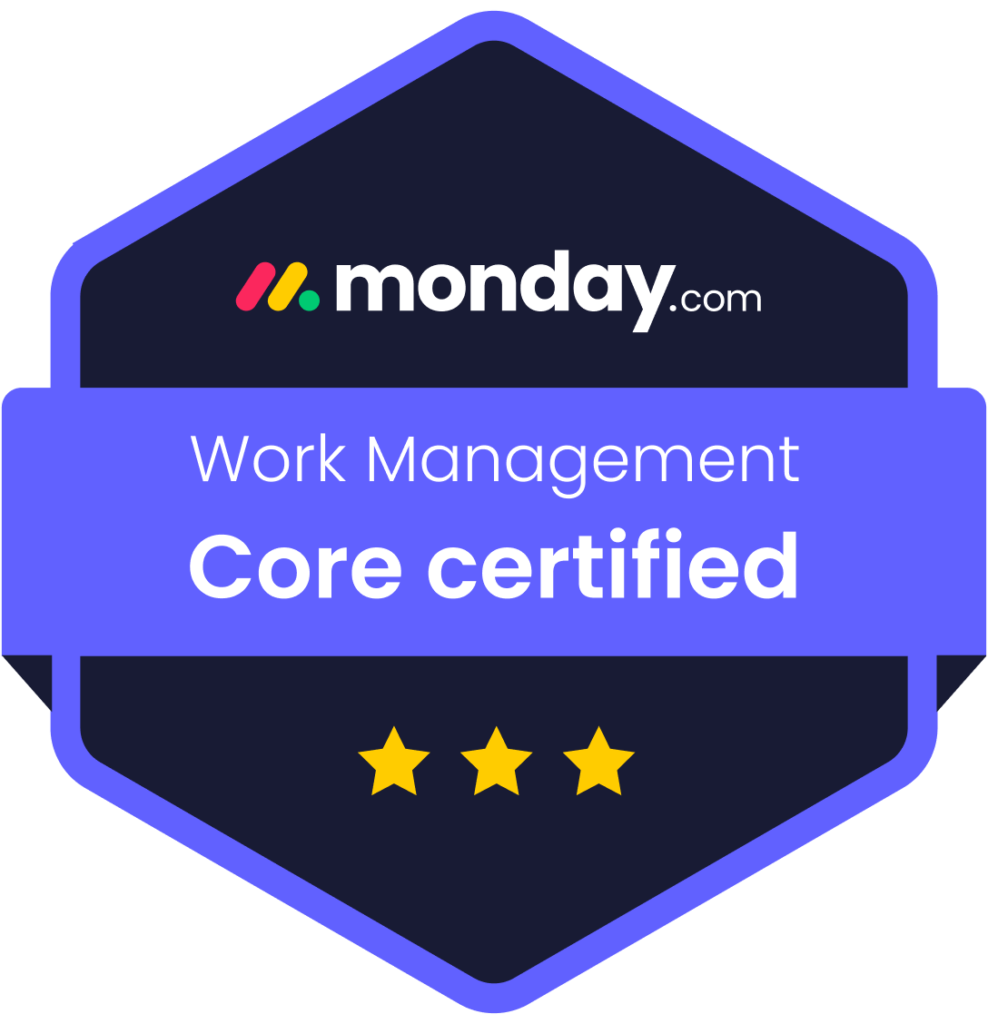Are you frustrated that your e-commerce store isn’t ranking on Google? You’ve poured time and effort into building your online business, yet your products aren’t reaching potential customers through search engines. Ranking well on Google is critical for driving organic traffic and, ultimately, increasing sales. Let’s break down some common reasons why your e-commerce store may not be ranking well and explore actionable solutions to change that.
1. Weak or Non-Existent Keyword Strategy
One of the primary reasons your e-commerce store isn’t ranking is an ineffective or absent keyword strategy. Keywords are the foundation of SEO (Search Engine Optimization). When potential customers search for products, they use specific phrases or terms. If these keywords are missing from your website, Google won’t understand what your store offers.
How to Fix It
- Perform Keyword Research: Tools like Google Keyword Planner, SEMrush, or Ahrefs can help you identify relevant search terms. Focus on keywords with a good balance of search volume and competition.
- Optimize Product Pages: Make sure each product page is optimized for specific, long-tail keywords. This might include the product name, features, and categories. For example, instead of just using “shoes,” target more specific terms like “comfortable men’s running shoes.”
- Include Keywords in Product Descriptions and Meta Tags: Ensure your target keywords appear naturally in product descriptions, page titles, meta descriptions, and headings.
2. Poorly Optimized Product Pages
Google uses multiple factors to evaluate the relevance and quality of your pages. Poor product page optimization is a common reason for low rankings. If your e-commerce product pages don’t provide detailed, useful information, you’re missing out on search engine visibility.
How to Fix It
- Create Detailed Descriptions: Include all relevant product information, such as dimensions, materials, and use cases. Informative content not only helps your users but also gives Google a better understanding of what your page is about.
- Optimize Image Alt Text: Many e-commerce websites overlook the power of image alt text. Search engines rely on alt text to understand image content, which can impact rankings. Include your product’s name and relevant keywords in the alt text.
- Utilize User Reviews: User-generated content like product reviews can improve your rankings. Reviews provide fresh, relevant content for search engines to crawl, helping to boost the page’s relevance over time.
3. Lack of Mobile Optimization
Mobile traffic has overtaken desktop usage, and Google now prioritizes mobile-first indexing. If your e-commerce store isn’t optimized for mobile devices, you’re not just losing traffic, you’re damaging your search rankings. A poor mobile experience can lead to a high bounce rate, signaling to Google that your site is not providing a good user experience.
How to Fix It
- Responsive Design: Make sure your website adjusts to different screen sizes smoothly. A responsive design ensures that your website is user-friendly across desktops, tablets, and smartphones.
- Improve Mobile Loading Speed: Compress images, minimize code, and leverage browser caching to improve mobile load times. A fast-loading site is crucial for retaining users and boosting rankings.
- Simplify Navigation: Mobile users should be able to navigate your store easily. Ensure that all important buttons, such as “Buy Now” or “Add to Cart,” are prominent and easy to click.
4. Ignoring Technical SEO
Even if your product pages are optimized, ignoring the technical aspects of SEO can prevent your site from ranking well. Issues such as broken links, slow page speeds, and incorrect use of tags can hinder Google’s ability to index your site effectively.
How to Fix It
- Fix Broken Links: Use tools like Google Search Console or Ahrefs to identify and fix broken links on your site. Broken links negatively affect user experience and search engine crawlers.
- Improve Site Speed: Speed is a key ranking factor. Minimize your site’s load time by compressing images, enabling browser caching, and reducing server response times. Tools like Google PageSpeed Insights can help you identify and fix speed-related issues.
- Create a Sitemap: Ensure your site has a clean, easy-to-follow sitemap that helps Google crawl and index your site efficiently. Submit your XML sitemap to Google via Google Search Console for better visibility.
5. Thin or Duplicate Content
Google prioritizes high-quality, unique content. If your e-commerce store is filled with thin or duplicate content, it could explain why you’re not ranking well. Duplicate content often occurs when e-commerce stores use the same product descriptions across multiple product pages or even from manufacturer-provided content.
How to Fix It
- Create Unique Content: Even if you’re selling similar products, each product page should have unique content. Craft detailed descriptions that explain the specific benefits and features of each item.
- Avoid Manufacturer Descriptions: Many e-commerce stores simply copy the product descriptions provided by manufacturers. This leads to duplicate content issues. Instead, write original product descriptions that cater to your target audience’s pain points and needs.
6. Poor Internal Linking Structure
Internal linking is crucial for SEO. Not only does it help users navigate your site, but it also helps search engines understand the relationship between different pages on your site. If you don’t have a proper internal linking structure, search engines may struggle to crawl and index your site effectively.
How to Fix It
- Use Descriptive Anchor Text: When linking to other pages, use descriptive, keyword-rich anchor text that tells both users and search engines what the page is about.
- Link Relevant Product Pages and Blog Posts: Boost the rankings of your product pages by linking to them from other relevant areas of your site, such as blog posts or category pages.
7. Missing or Ineffective Backlinks
Backlinks—links from other websites to your e-commerce store—are one of the most important ranking factors for Google. If your site lacks backlinks, or if the links you have are from low-quality or irrelevant websites, your rankings will suffer.
How to Fix It
- Reach Out for Guest Blogging Opportunities: Write guest posts for industry-related blogs and websites. Include backlinks to your e-commerce store where relevant.
- Create Shareable Content: Produce high-quality, informative content, such as buying guides or how-to articles, that others will want to link to. Content that provides value will naturally attract backlinks.
- Engage in Influencer Marketing: Partner with influencers in your niche who can review your products and link back to your store. This strategy not only boosts traffic but also improves SEO.
8. Not Utilizing Local SEO
If you have a physical storefront or service in a particular area, you might be missing out by not optimizing for local SEO. Local SEO can help bring nearby customers to your e-commerce store by showing up in local search results.
How to Fix It
- Set Up Google My Business: Create and optimize your Google My Business profile. Include accurate information like your address, phone number, and hours of operation.
- Optimize for Local Keywords: Incorporate location-based keywords into your content, especially if you’re targeting customers in a specific region.
Conclusion
Improving your e-commerce store’s ranking on Google isn’t a one-time task; it’s an ongoing effort that involves a combination of keyword strategy, technical optimization, content creation, and backlink building. By addressing these common issues—such as poor mobile optimization, ineffective keyword usage, and weak technical SEO—you can turn things around and start climbing the search rankings. With dedication and the right strategies, your e-commerce store will be visible to more potential customers, driving both traffic and sales. If you need expert help to boost your store’s SEO, consider working with professionals who can provide tailored solutions.













